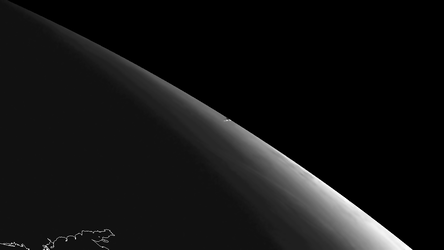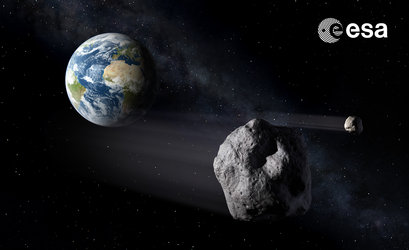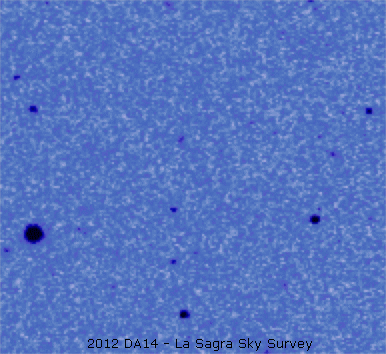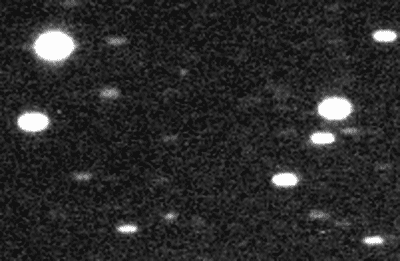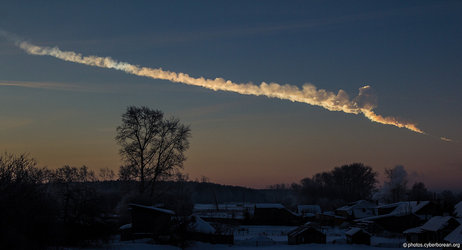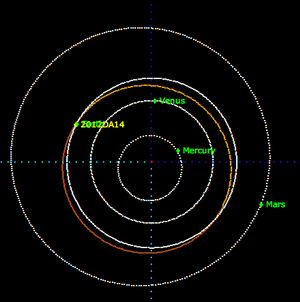Russia asteroid impact: ESA update and assessment - continuation
Continuation of Russia asteroid impact: ESA update and assessment
How is ESA helping to find asteroids that may hit Earth?
NB: Our SSA programme is already supporting astronomical teams around Europe in a continuing sky search. While complex and requiring very good equipment and trained astronomers, it really comes down to a simple process: acquire images of the sky and then check these for pinpoints of light that move.
In the past couple of years, ESA-supported teams working at various observatories have found several previously unknown objects, including asteroid 2012 DA14 that also passed by on Friday at the extraordinarily close distance of just 28 000 km.
This effort, however, is just a start, and we really have to place the search on a long-term effective footing by increasing our observational capabilities.
In the future, ESA’s SSA programme aims to establish a ‘wide survey’ based on a network of automated 1 m-diameter telescopes. This system would scan the complete sky once per night for moving objects. It would be capable of detecting objects of the size of last week’s Russian event a few days before they enter the atmosphere, provided they are seen approaching from the dark sky.
It will also take advantage of space-based observations performed through ESA missions such as Gaia .
ESA’s SSA programme has already secured funding and a mandate from ESA Member States to develop a first prototype telescope. A total of four to six such telescopes would be needed for the complete survey.
Summary
On 15 February, a large fireball was reported over Chelyabinsk, Russia.
- Time of impact: 03:20:26 GMT
- Location: 55° 10' N, 61° 25' E
- Entry angle: 20º above horizontalº
- Entry speed: below 20 km/s
- Trajectory: northeast to southwest
- Asteroid diameter before entry: about 17 m
- Kinetic energy: 500 kt TNT equivalent, corresponding to 30 times the energy of the Hiroshima bomb
- Explosion altitude: 15–25 km
These results are preliminary and could be updated as new information is confirmed.


